Summer halva is one of the most popular halva varieties produced with tahini. This type of halva, also known as summer halva among the people, is the result of combining tahini halva with different ingredients.
Information on the History of Summer Halva
Halva has a very special place in our traditional culture. When the history of halva is examined, it is seen that halva is mentioned even in the famous work of Kaşgarlı Mahmud, Divani Lugati’t Türk. This information takes the history of halva back to the 13th-century Seljuk period.
In the Ottoman Empire, halva was one of the unique tastes served to guests with coffee, consumed as a dessert, and included in breakfasts. The basic ingredients of halva in the Ottoman period were accepted as flour, molasses, oil, and sugar. However, the halvas were diversified by using dried fruits and spices, and the standard halva was accompanied by hundreds of different types of halva. It is known that hundreds of different types of halva existed even in the 15th century.
The date of the halva group with tahini, which also includes the summer halva, is determined much closer. Until the 1800s, halva was produced from molasses. In the 19th century, İbrahim Efendi, the producer of tahini, started to produce halva with tahini as an alternative to halva with molasses. İbrahim Efendi’s production of halva with tahini has almost opened a new era in halva dessert. Tahini halva was very popular and produced in many different varieties. Summer halva has also been one of these varieties.
What are the materials of summer halva?
The ingredients of summer halva are quite curious because summer halva is lighter than other halva types and has a unique taste. Summer halva is one of the types of tahini halva. The materials required for making summer halva vary between summer halva types. There are many different summer halva types such as dried fruit, cocoa with walnut, and pistachio. One of the most popular summer halvah types, the ingredients of summer halva with cocoa and walnuts can be listed as follows for you to be informed:
- Walnut
- Cocoa
- Tahini (Sesame Paste)
- Candy
What are the Benefits of Summer Halva?
Summer halva is one of the halvahs with tahini. However, besides the benefits of tahini, it also gives the benefits of other raw materials according to its type. For example, it is possible to see the benefits of walnuts from the summer halva variety with walnuts. The general benefits of summer halva can be listed as follows:
Summer halva helps prevent cold and flu diseases. In the period of illness, it makes it easier to overcome the disease.
One of the raw materials of summer halva, tahini is a powerful antioxidant. Its antioxidant properties make it a food that protects against cancer. Another benefit of its antioxidant properties is that it prevents premature wrinkling of the skin.
Summer halva is a portion of food that regulates the digestive system. In this way, it helps to eliminate digestive system problems such as constipation and diarrhea.
Summer halva is a high-energy storage food. It helps you recover your energy in a short time.
There is plenty of calcium in the summer halva. In this way, it supports bone development in children and helps to eliminate problems such as bone resorption that occur due to old age.
Thanks to the tahini contained in the summer halva, it supports the regular work of the kidneys.
It has a relaxing feature for the stomach and intestines. In this way, it helps to eliminate the gas problem. In addition, it provides a better grinding of foods.
Summer halva helps to eliminate the problem of vascular occlusion.
Summer halva is one of the foods recommended for those who are exposed to radiation. It helps to remove heavy metals and radiation from the body by cleaning internal organs.
The tahini contained in the summer halva reduces the risk of cancer.
Summer halva is known to repair damaged cells in regular consumption.
It is one of the foods that are good for rheumatism.
There is a high amount of protein in the summer halva content. Protein helps maintain body health.
Tahini in the summer halva is a very rich food in terms of iron. Being a food high in iron helps to eliminate anemia problems in regular consumption.
Summer halva helps the proliferation of blood cells in regular consumption.
It is one of the mind-opening foods.
How many calories is 1 portion of summer halva?
Summer halva is not only a healthy snack but also a very tasty treat. For this reason, it is consumed quite frequently. The increase in the consumption of summer halva causes the number of calories to be wondered. Summer halva has a lower calorie than other halva varieties. However, it is not possible to say that it can be included in the low-calorie food group in general. The calorie amount of summer halva is determined as 169 kcal for a thin slice, ie 1 serving. 1 slice corresponds to approximately 35 grams. It was determined to be approximately 562 kcal per 100 grams.
What are the Nutritional Values of Summer Halva?
The high health benefits of summer halva can be easily seen from the nutritional value table. Summer halva is a unique food that is like a storehouse of energy and healing. For those who wonder about the nutritional values, the nutritional value table should also be given. The nutritional value of summer halva per 100 grams is as follows:
Calories: 562 kcal
Carbohydrate: 45.15 gr
Protein: 14.69 gr
Fat: 35 gr
How much should summer halva be consumed?
The health benefits and unique taste of summer halva allow it to be consumed in almost any environment. This situation causes a curiosity about how much summer halva should be consumed. Summer halva is a food that can be consumed 1 serving per day for people who do not have diabetes. Diabetics, on the other hand, are recommended to be much more controlled in consumption. Finally, it is beneficial for people who diet and have a low-calorie diet to keep their portions small.
How Should Summer Halva be Preserved?
The question of whether summer halva is spoiled is one of the questions about summer halva. All types of halva, including summer halva, can be consumed for a long time without spoiling if they are stored correctly. However, the point to be considered at this point is the storage conditions. If the storage conditions are not met, the problem of deterioration may occur.
The first and most important condition you should pay attention to while preserving the summer halva is to avoid storing it in an area that is directly exposed to sunlight. Direct contact with sunlight may cause the summer halva to deteriorate. Another important condition that you should pay attention to is that you should be careful about storing the summer halva in a cool and dry place. Since it provides the right storage conditions, the most ideal storage areas are shown as pantry and food cabinet.
What are the Types of Halva?
Summer halva varieties are one of the most popular halva varieties. Each of them has a unique taste and high health benefits. However, among the halva varieties, there are many different types of halva that you can try. For those who want to try, halvah types can be listed as follows:
- Hazelnut Halva
- Cocoa Tahini Halva
- Plain Tahini Halva
- Tahini Halva with Pistachio
- Summer Halva
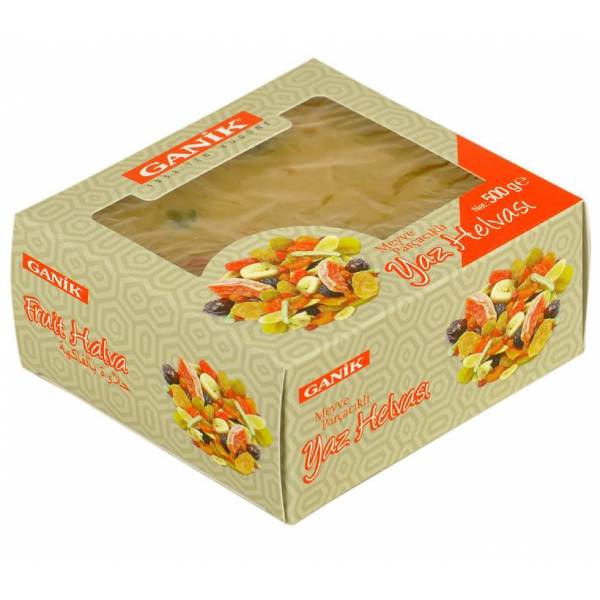
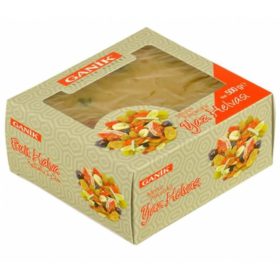
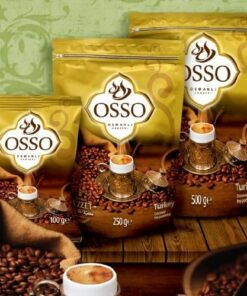
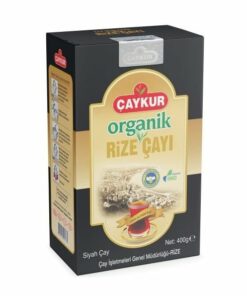
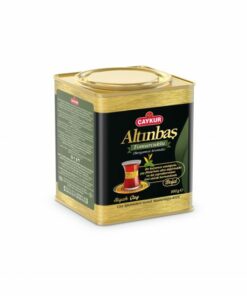
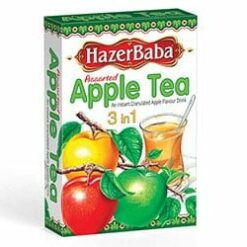
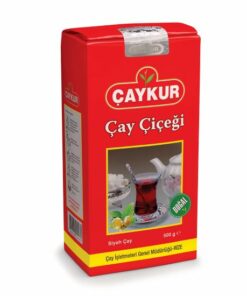
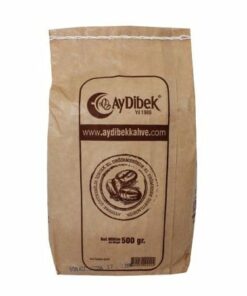
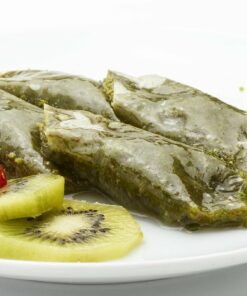
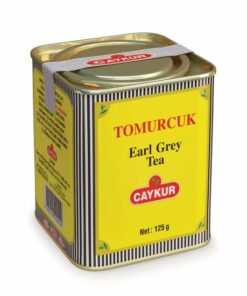
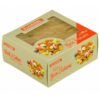

Reviews
There are no reviews yet